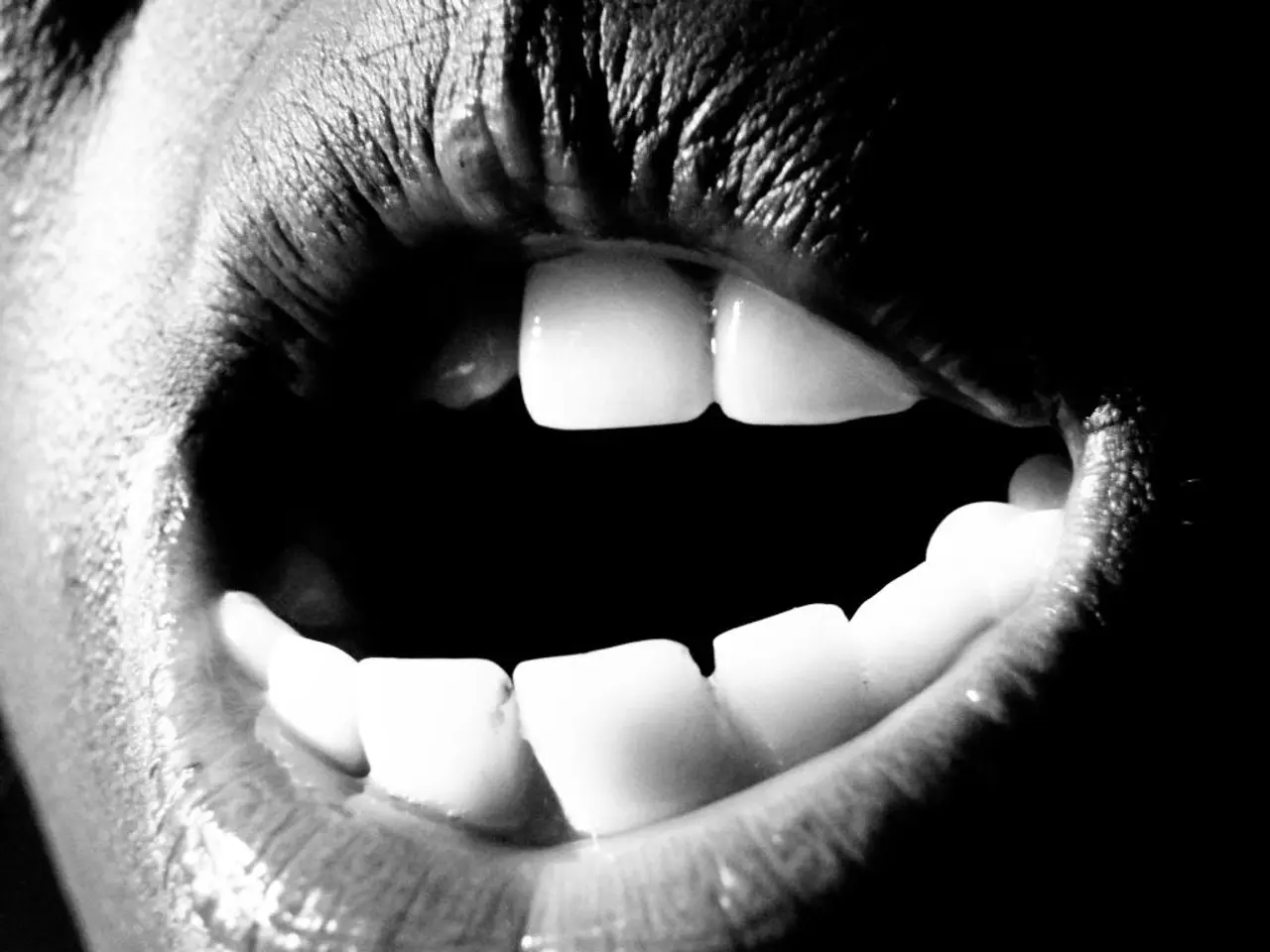The 'Kissing Muscle' Key to Lip Movements: New Insights
The orbicularis oris muscle, often nicknamed 'the kissing muscle', plays a crucial role in lip and mouth movements. It encircles the mouth, originating from the maxilla and mandible bones, and is supplied by the seventh cranial nerve and the buccal branch of the facial nerve.
This muscle was once believed to function as a sphincter, but recent findings do not support this theory. Instead, it is primarily responsible for puckering the lips and closing the mouth. Its direct insertion into the lips enables precise control over mouth and lip movements, making it essential for various actions such as kissing, whistling, and playing wind instruments like trumpets and horns.
Despite its significance, there are no recent specific findings or named neurosurgeons or researchers who have newly investigated the sphincter-like function of the orbicularis oris, as per the provided search results.
The orbicularis oris muscle, supplied by the seventh cranial nerve and the buccal branch of the facial nerve, is vital for lip and mouth movements. Its primary functions include puckering the lips and closing the mouth, with no recent evidence supporting its sphincter-like role.




